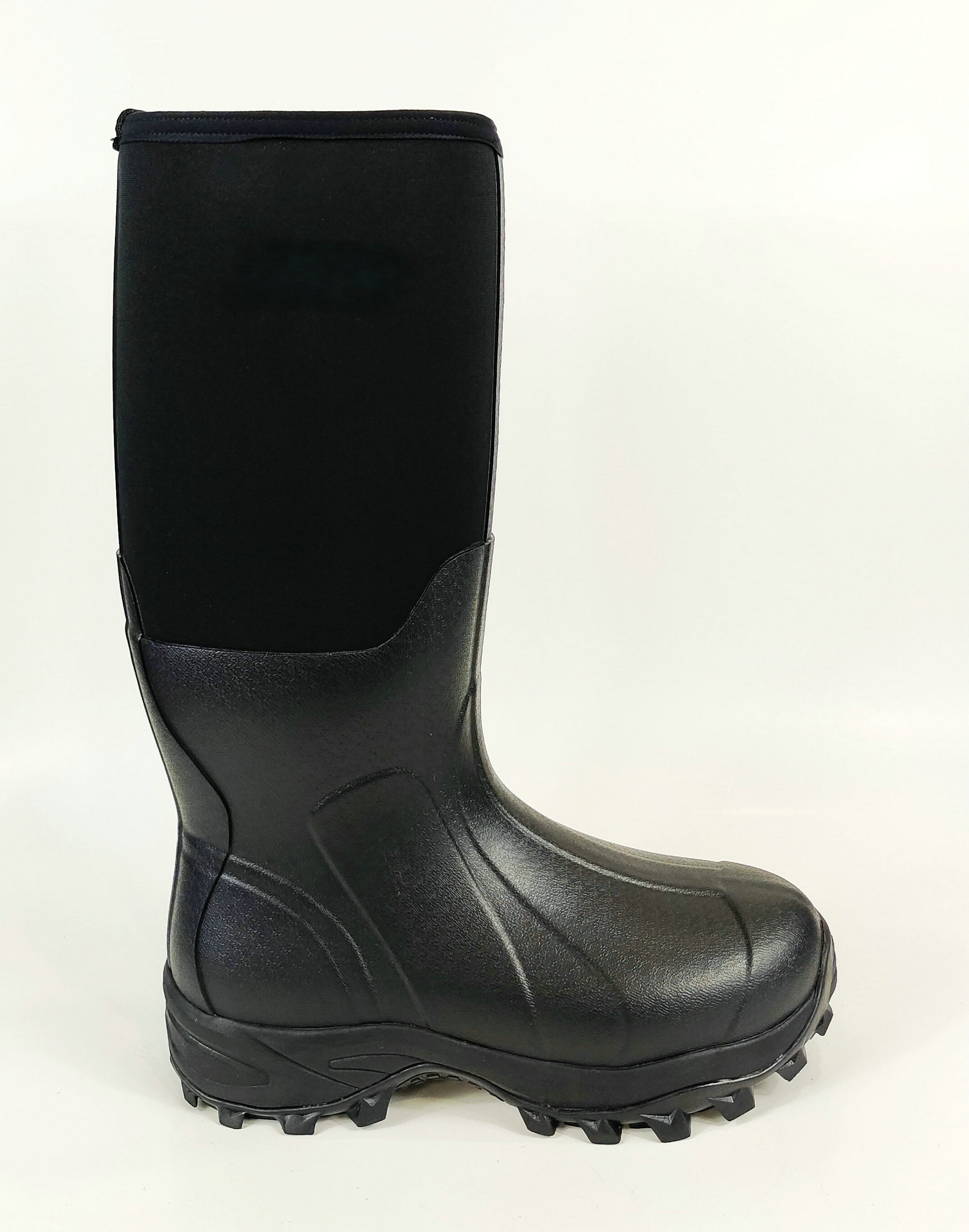The Importance of Rubber Safety Boots in Various Work Environments
Rubber safety boots are an essential piece of personal protective equipment (PPE) used across various industries to safeguard workers from potential hazards. With their ability to offer exceptional protection against moisture, chemicals, and physical injuries, these boots have become a staple in sectors such as construction, agriculture, manufacturing, and food processing. In this article, we will explore the various features of rubber safety boots, their benefits, and why they are crucial for ensuring workplace safety.
One of the primary features of rubber safety boots is their waterproof nature. Made from high-quality rubber, these boots effectively keep feet dry in wet and muddy conditions, making them ideal for outdoor work environments. In agriculture, for instance, farmers often work in fields where waterlogging and mud can be commonplace. Wearing rubber safety boots not only keeps their feet dry and comfortable but also prevents diseases such as trench foot, which can result from prolonged exposure to wet conditions.
In addition to being waterproof, rubber safety boots are designed to provide a high level of chemical resistance. Many industries, including manufacturing and laboratory work, require employees to handle hazardous materials that can cause skin irritation or chemical burns. Rubber boots can protect against spills and splashes, helping to mitigate these risks significantly. With specialized formulations, some rubber safety boots can resist a wide array of chemicals, including acids, alkalis, and solvents, making them vital for workers handling these substances.
rubber safety boots

Another critical aspect of rubber safety boots is their slip-resistant soles. Workplaces can often be dangerous due to wet or greasy floors, leading to slip-and-fall accidents. Rubber boots are engineered with textured outsoles that provide superior traction, reducing the risk of slips and falls. This feature is essential not only in construction sites but also in kitchen environments and food processing facilities where spills occur frequently. By minimizing the risk of accidents, employers can ensure a safer working environment and reduce potential liabilities.
Comfort is also an important factor when selecting rubber safety boots. Many modern designs incorporate ergonomic features, including cushioned insoles and moisture-wicking linings, which improve overall comfort during prolonged wear. Employees who are comfortable are more likely to be productive and focus on their tasks rather than be distracted by discomfort or fatigue. Moreover, there are various styles available, including insulated options for cold environments and breathable designs for warmer conditions, allowing workers to choose the ideal pair for their specific needs.
In addition to providing physical protection, rubber safety boots can promote a culture of safety within the workplace. When employees see that their employers are invested in their safety, it boosts morale and encourages compliance with safety protocols. Providing high-quality PPE, including rubber safety boots, is an investment in the workforce, signaling that employers value their employees' well-being.
In conclusion, rubber safety boots play a vital role in protecting workers across various industries from hazards associated with their environments. With features such as waterproofing, chemical resistance, slip resistance, and comfort, these boots are indispensable for ensuring safety and enhancing productivity. As workplaces continue to prioritize employee safety, the importance of high-quality rubber safety boots will remain paramount, safeguarding workers against accidents and health risks while allowing them to perform their duties efficiently. Investing in proper footwear is not just a regulatory requirement; it's a commitment to fostering a safer and healthier work environment.
-
Stay Dry in Any Condition with WadersNewsJul.17,2025
-
Elite Performance with Camouflage Combat BootsNewsJul.17,2025
-
Dry and Comfortable with Green Rubber Garden ShoesNewsJul.17,2025
-
Convenient Protection with Foldable RainbootsNewsJul.17,2025
-
Comfort and Protection with Neoprene Work BootsNewsJul.17,2025
-
Brighten Rainy Days with Floral Rain BootsNewsJul.17,2025
-
Safety Wellies: The Ultimate Combination of Protection, Comfort, and VisibilityNewsJun.19,2025











